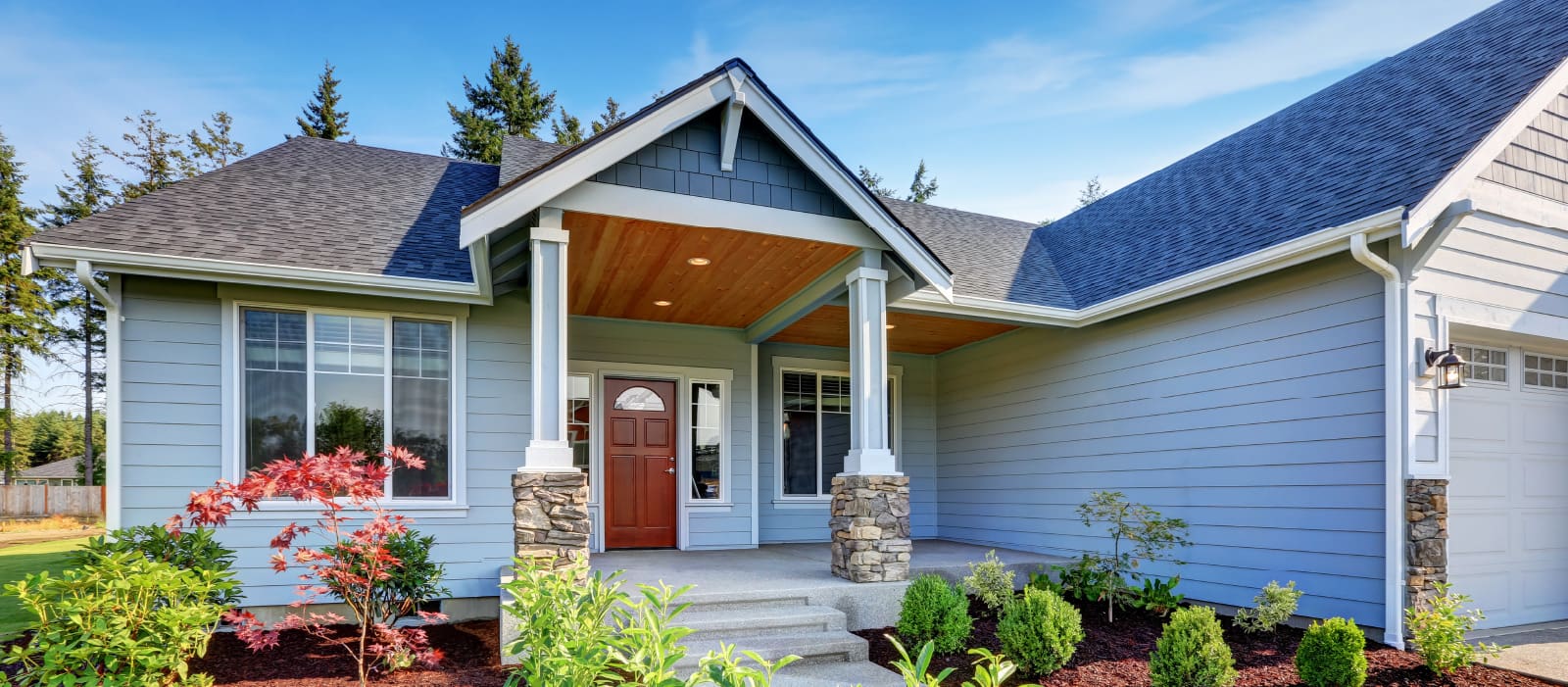Leave the insurance shopping to us
Get free quotes and expert guidance in one place. We compare top insurers to find the best coverage for your needs – quick, easy, and hassle-free.
or call 813.939.5288 to speak with an advisor

WE HAVE YOU COVERED
Why choose The Baldwin Group?
For us, it’s not just about transactions – it’s about building lasting relationships. By understanding your unique needs, we tailor our services and coverage recommendations to provide solutions that evolve with you.

Tailored experience
Insurance isn’t one-size-fits-all. We take the time to understand your needs and find coverage that fits your lifestyle.

Unwavering support
From auto to home and beyond, we’re here to help. Get expert guidance and support whenever you need it.

More options
We partner with top-rated insurers to bring you a variety of coverage options at competitive rates.
INSURANCE SOLUTIONS
Comprehensive coverage for every stage of life
No matter where life takes you, the right insurance makes all the difference. Explore coverage options for your home, vehicles, health, and future.

INSURANCE THAT WORKS FOR YOU
Get the protection you deserve
Whether you’re ready to get started or just have a few questions, we’re here to help. Our risk advisors are available to guide you every step of the way – helping ensure you find the coverage that’s right for you.
STAY INFORMED
Empowering you with insurance insights
From exploring coverage options to discovering ways to save on premiums, our blog provides the insights you need to make confident, informed decisions about your insurance.










